When making clothes of any type, every stage is important, from modeling the future style to choosing the fabric and sewing. Skirts of different classes, such as half-sun, sun or tulle, and dresses are no exception, as are their hidden zippers with buttons, which can be sewn in correctly so that they are not visible. Poorly made sewing spoils not only the appearance, but also the functionality of the item.
If you sew a zipper incorrectly, it will pull the fabric together or, on the contrary, make it stick out and warp. To avoid such situations, you need to know the rule that allows you to understand how to sew a zipper into a skirt and do it correctly. This material provides step-by-step instructions: how to sew a hidden zipper into a skirt with a belt and how to sew a zipper to a skirt.
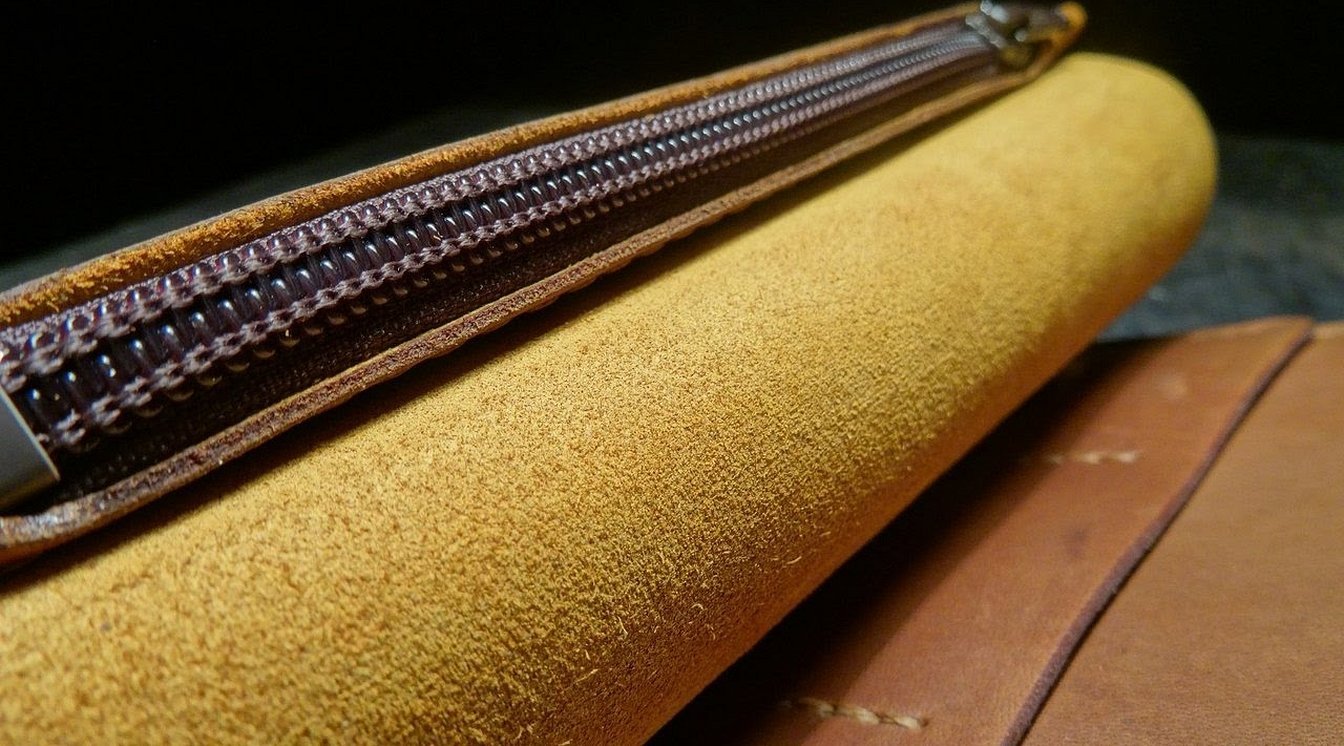
Materials and tools
First, we need to figure out how exactly the sewing process will take place. There are two possible scenarios:
- Using your hands. You will need safety pins, threads that match the color of the material, a needle, and the zipper itself.
- Using a sewing machine. The same list of tools, except for the tool. It will not be a needle, but a machine.
Important! Another point: when inserting a zipper into a delicate fabric, it may be damaged. That is why some kind of lining material is used during the procedure. Most often, it is dublin. A small strip of it is tacked to the place where the zipper will be sewn with the adhesive surface to the fabric and ironed.

Variety of lightning
There are a huge number of zippers. Their variations depend on color, size, quality, purpose, material, and so on. The runner or dog is selected taking into account the selected zipper. The most common type is a universal runner, as it fits both twisted and tractor zippers, connecting links and spirals. Also popular are separately wide tractor runners, capable of gripping links more firmly. There are also spiral, hidden, cast and other zippers.
The corresponding dogs are suitable for them. The differences between these types of runners are in the width and soles. Although all zippers look almost the same, they have many differences in the technique of adhesion of the links, their quality.
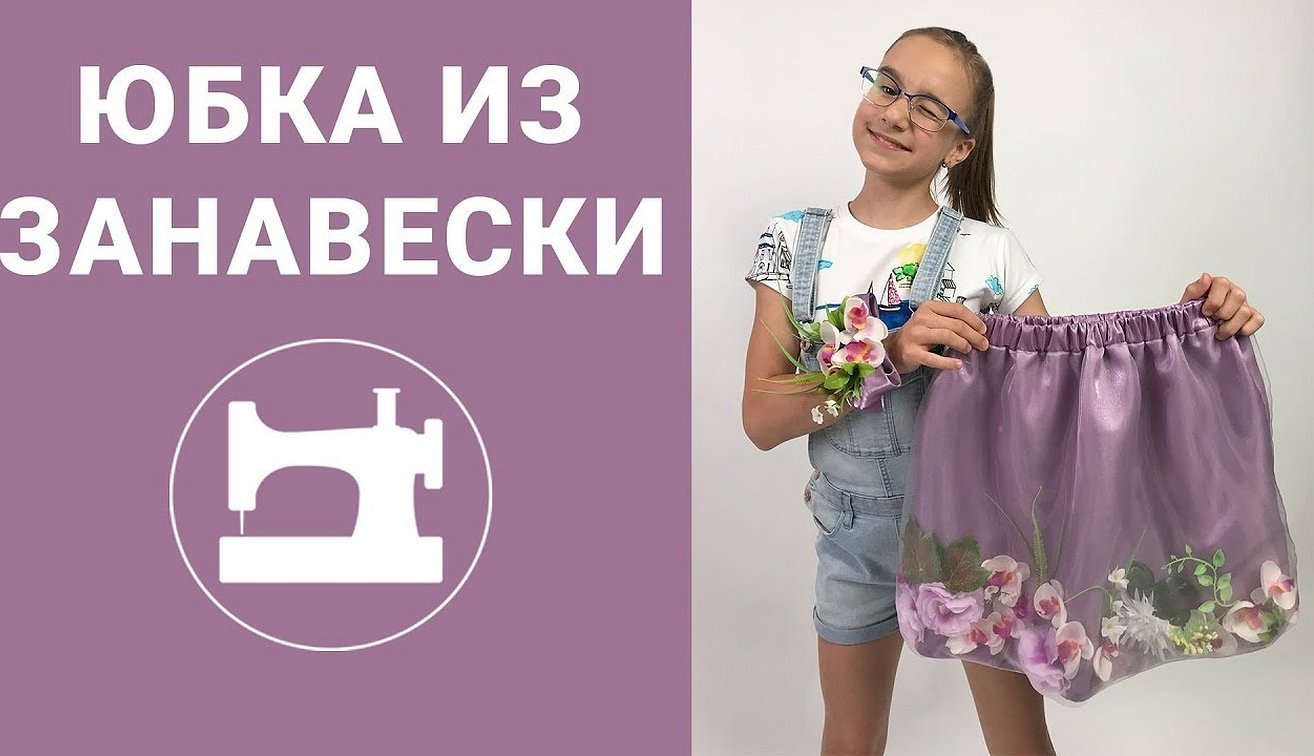
What sewing machine foot do you need?
If the person sewing in the zipper is inexperienced in this matter, then when sewing in the fastener mechanically, it is recommended to use a special foot on the machine. Often, ordinary machines are not equipped with such a device, and it is purchased separately in a sewing store or where sewing machines are sold or repaired.
Important! It is worth remembering that a special foot for sewing in a fastener may look and cost differently depending on the manufacturer, year of manufacture and type of machine.
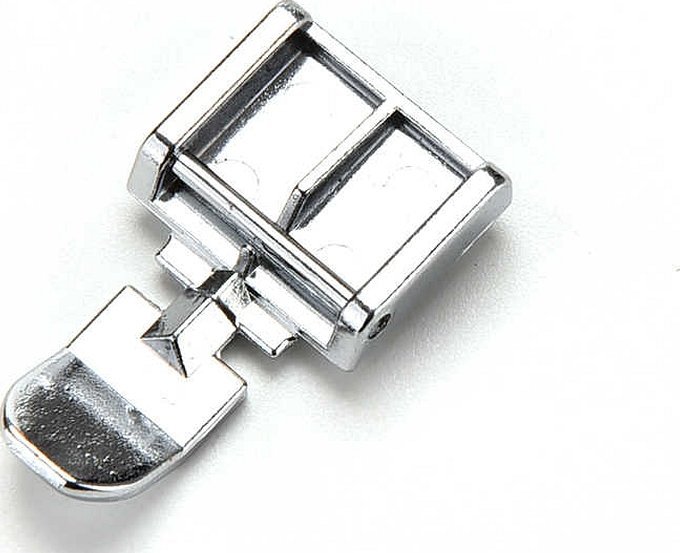
Steps to sew a hidden zipper
Working with a hidden fastener is slightly different from sewing in a regular fastener and consists of two stages.
Initial stage
First, you need to process the edges of the side of the fabric with an overlock or bias tape. After that, use special chalk to mark the stitching line at the back. This is done as follows: step back one and a half centimeters along the edges of the fabric and glue them with strips of dublin, fold the edges to the wrong side, and press the crease line.
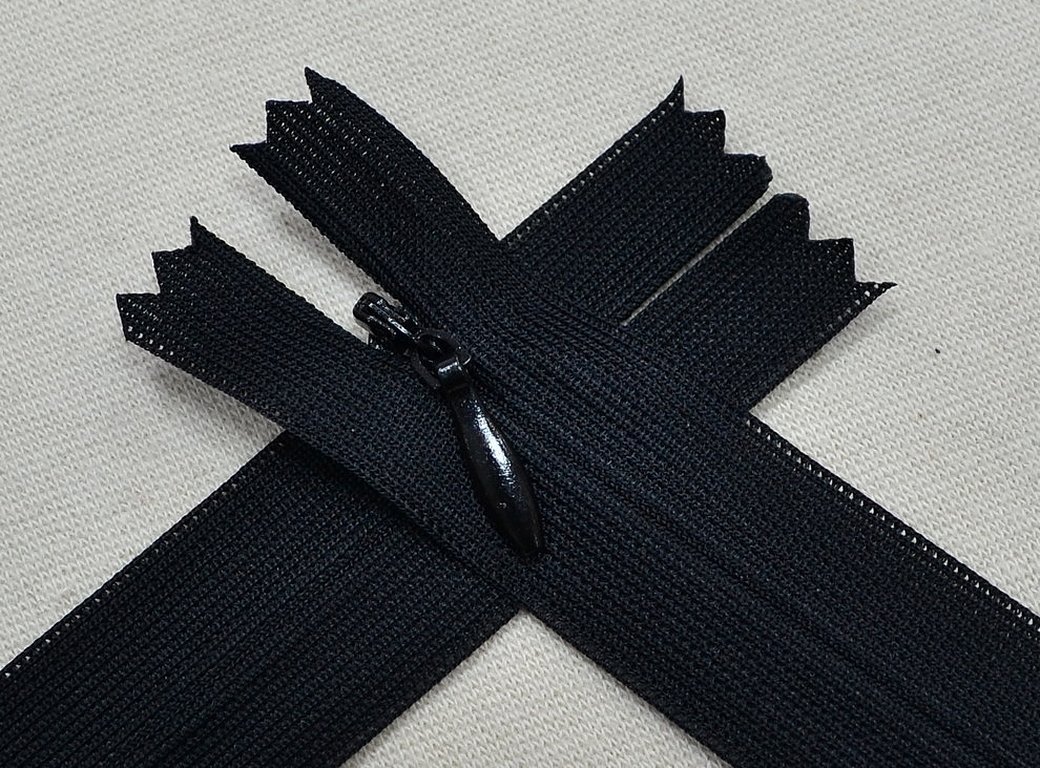
Main stage
It is step-by-step and is performed as follows:
- The clasp is applied to the folded edge in an open state, face down, so that its teeth coincide with the fold line;
- The edge of the fastener is aligned with the upper border of the product;
- The fastener fabric is pinned to the canvas with safety pins so that they are located across the seam;
- The garment and fastener are basted together;
- The teeth are carefully bent back, and one side of the fastener must be sewn to the product;
- The second half is sewn on in the same way;
- The clasp is closed and the newly created seams are ironed to avoid creasing.
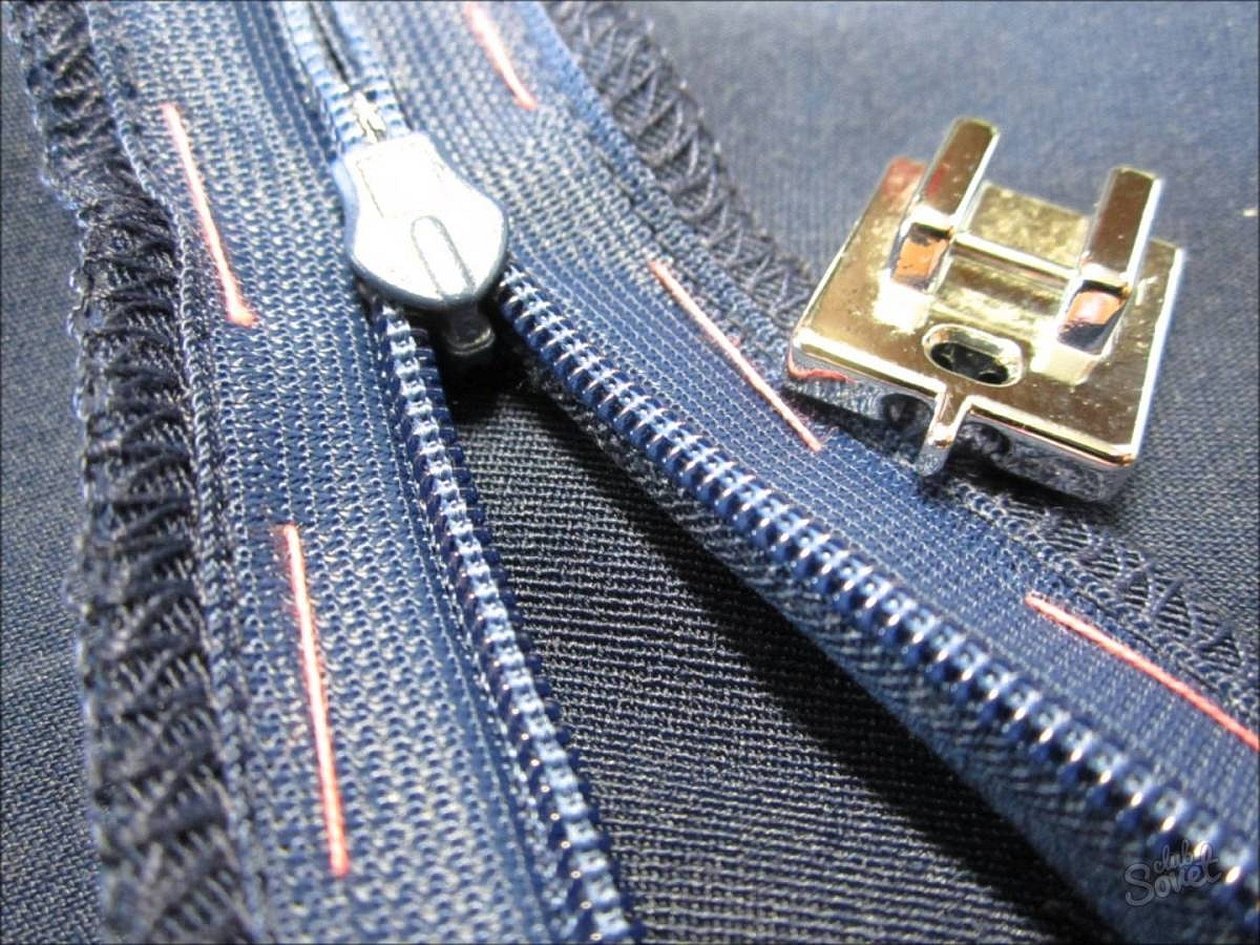
Without a paw
It is possible to sew in a concealed fastener without a special foot. To do this, use a regular foot. The instructions are as follows:
- Mark the places where you plan to place the fastener with chalk and glue them with strips of interlining, which are fixed with an iron and processed with an overlock;
- Change the length of the clasp from the very top and five centimeters before the end of the clasp. Mark the beginning and end with chalk on the front side. The marks should match and be even;
- Unzip the zipper and secure it with pins: attach the right side of the zipper to the “face” on the right, and attach the left side to the “face” of the left edge of the fabric;
- Sew the part using hand stitching, then place it under the machine and stitch there using a regular foot;
- It is necessary to ensure that the machine needle drops a millimeter from the teeth, since this is what allows the process to be carried out without the use of special tools;
- Sew the hidden zipper from start to finish.
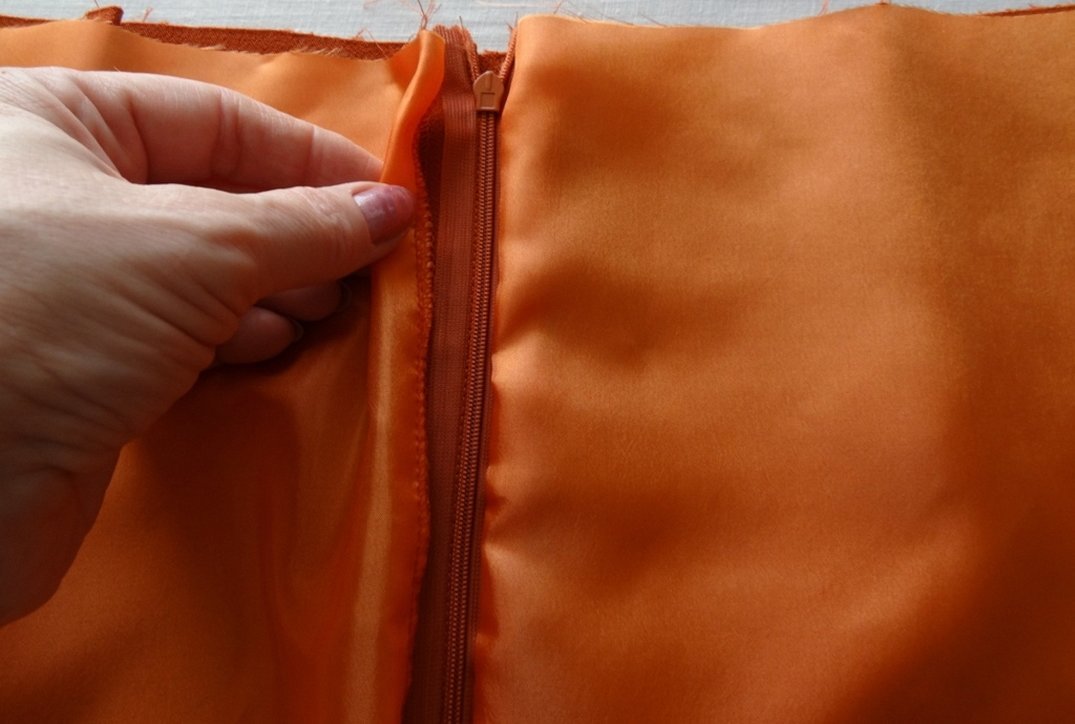
More tips on how to sew in a hidden zipper
Beginner seamstresses know that you can sew a zipper on seemingly well, but it will still stick out no matter how much you iron or smooth it. To fix this, you need to check the tension of the upper and lower threads of the machine. It happens that the tension is too strong and the fiber in the stitch pulls the zipper too much.
Moreover, it happens that the pressure of the foot itself needs to be weakened. If it squeezes too hard, the stitching area will be pulled together. It is not recommended to use thick needles and threads for such a procedure.
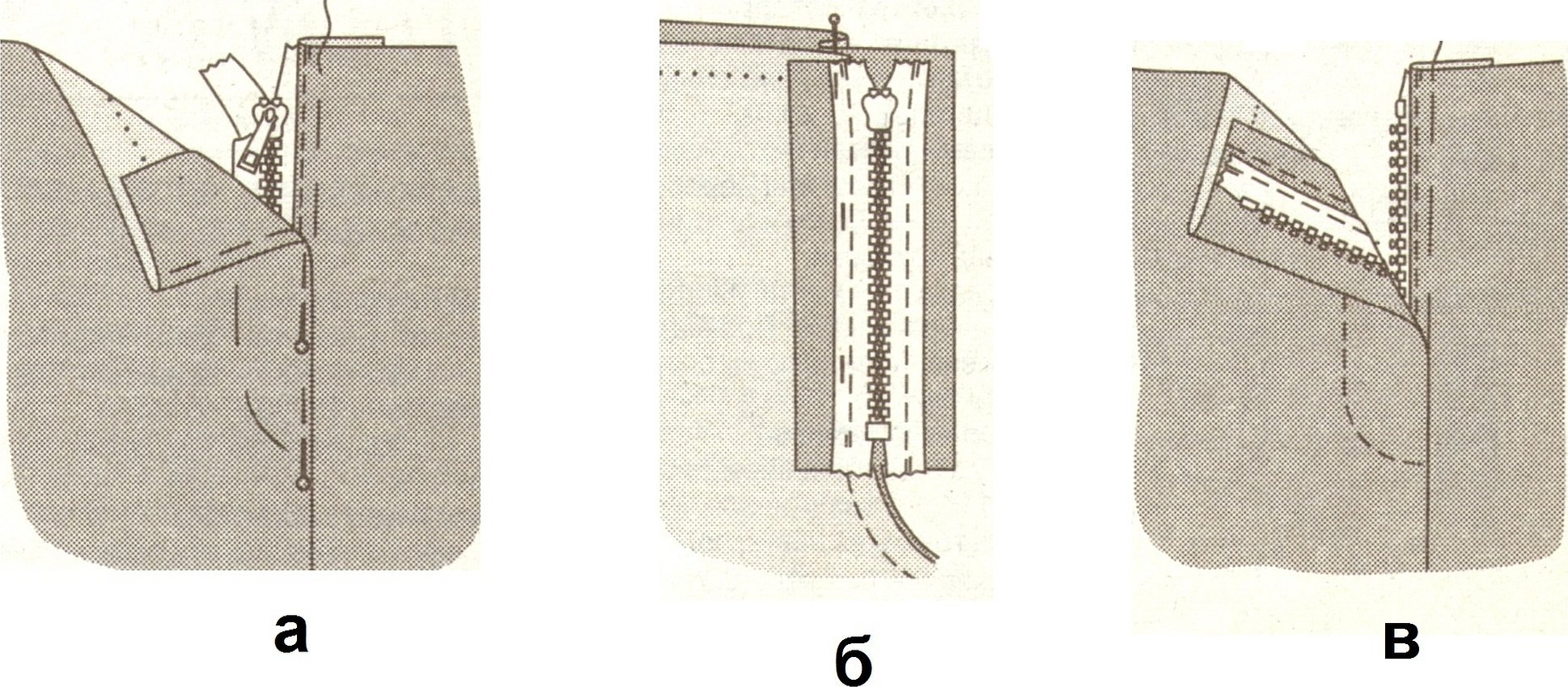
The lining is sewn to the tape with a foot that is designed for installing a zipper. You can also use a regular sewing machine foot, but it is desirable that the machine has a needle offset to the left and right.
Important! The processing technology itself involves processing the edges and overcasting them. Especially those areas where the zipper will be sewn on in the future. After that, one of the sides is secured, not reaching a couple of centimeters to the fastening.

Thus, it was found out: how to sew a fastener into a multi-layered skirt, what types of fasteners there are. The sewing process itself is not very complicated, but requires attention and precise knowledge of the process.




